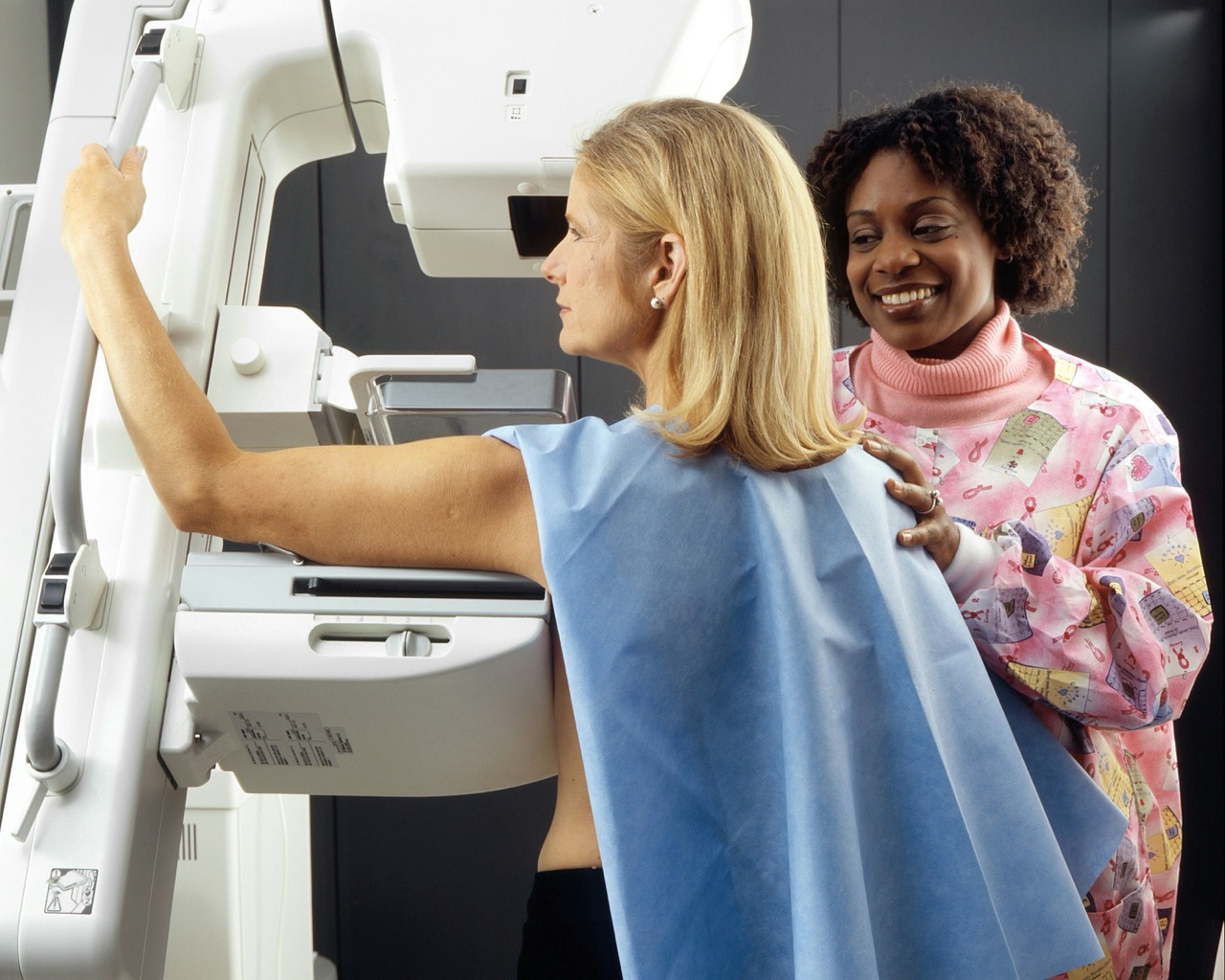Understanding Window Periods in STD Testing: Your Guide to Timing and Peace of Mind
When it comes to sexual health, knowledge is power! One essential piece of information that you may not be aware of is the concept of “window periods” in STD testing. Think of it as the crucial time frame between exposure to an infection and the point when testing can accurately detect it. Understanding this concept can make a world of difference in your health journey, so let’s dive into the magical realm of window periods and uncover what you need to know, all while keeping the tone cheerful!
What is a Window Period?
Imagine you’ve just been to a party, and you’re waiting for a delicious cake to bake in the oven. You know that the cake needs a specific amount of time to cook before it’s ready to be served. Well, window periods work in a similar way! After potential exposure to a sexually transmitted infection (STI), there’s a specific duration before testing can reliably detect the infection. This period varies depending on the type of infection, the person’s immune response, and the testing method used. So, how long do you need to wait? Let’s break it down!
The Timing Game: Different STIs, Different Windows
-
Chlamydia and Gonorrhea: These common bacterial STIs usually have a window period of about 1 to 2 weeks. This means that if you’ve been exposed, it’s best to wait at least a week before getting tested. The sooner you test, the sooner you can treat and get back to feeling fabulous!
-
Syphilis: This sneaky infection can take anywhere from 3 to 6 weeks for reliable testing. So if you think you might have been exposed, mark your calendar and plan for a test around the 6-week mark.
-
HIV: The window period for HIV testing can vary with the type of test used:
- Antibody Tests: Typically, these tests require a waiting period of about 3 months for accurate results.
- Antigen/Antibody Tests: These can detect HIV as soon as 2 to 6 weeks after exposure.
- Nucleic Acid Tests (NAT): The fastest of the bunch, these tests can detect HIV in about 10 to 33 days.
-
Herpes (HSV-1 and HSV-2): For the herpes virus, testing usually requires a window period of 2 to 12 weeks. If you’re experiencing symptoms, consulting a healthcare provider is your best bet for a speedy diagnosis.
Why Window Periods Matter
Knowing about window periods is crucial because getting tested too early can lead to false negative results. This means you might think you’re in the clear when, in reality, you’re not! Waiting for the appropriate time frame ensures that you get the most accurate results possible, allowing you to take control of your health and peace of mind.
Keep Calm and Get Tested
It’s easy to feel anxious about getting tested, but remember: being proactive about your sexual health is a wonderful thing! Regular testing is an essential part of self-care. Treat it like a spa day for your health! So, don’t shy away from scheduling that appointment—knowledge is liberating!
Tips for a Smooth Testing Experience
- Communicate: If you’re seeing a healthcare provider, don’t hesitate to mention any concerns or questions you have. They’re there to help you navigate your health journey!
- Choose Your Time: Plan your test according to the window period of any potential exposure. This way, you’ll be prepared and ready for the results.
- Follow-Up: If you’re unsure about a result or have symptoms, follow up with your healthcare provider. They can guide you on the next steps.
Wrapping It Up
Understanding window periods in STD testing is just one piece of the puzzle in maintaining your sexual health. By knowing when to get tested and why it matters, you empower yourself to make informed decisions. So, whether it’s a night out in town, a romantic rendezvous, or simply a self-care day, keep your health in mind, and remember that knowledge—just like cake—tastes best when shared!
Now go out there, stay informed, and enjoy life with confidence! You’ve got this! 🍰✨










